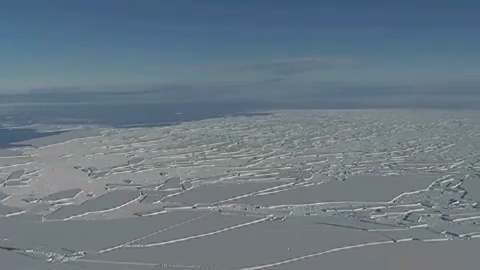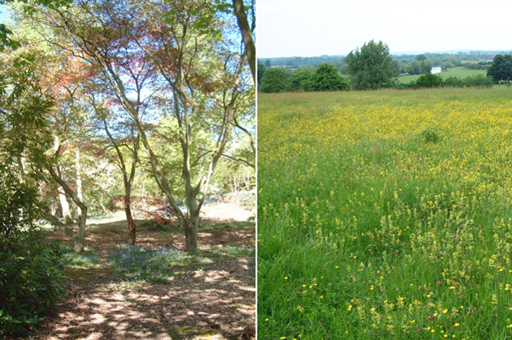5 Review of Weeks 1 to 3
These three weeks have introduced you to the concept of an ecosystem and the debate about how to set the boundaries of such systems. Energy is the key link within ecosystems and the pathways by which energy flows can be explored within an ecosystem by examining the food chains that are present.
In some types of ecosystem the food chains are long, complex and many-branched. In the polar seas you have found that they can be very short, such as the 3-step chain from plankton, through krill to the largest animal on the planet, the blue whale.
Some of the examples of animals in ecosystems have introduced you to the concept of adaptation. You saw squirrels flying through the air and you may have appreciated links between their adaptations and those of other animals, such as the flying lizard and the flying snake. These adaptations to gliding enable faster travel through the complex, forest environment. Gliding shows how similar solutions can arise during evolution in unrelated groups of organisms.
In the second half of this course you will be looking at the impacts humans have on ecosystems, but major events occurring on the planet may also have impacts. Volcanic eruptions and tsunamis are obvious examples. This video shows a large scale event in an ice sheet in Antarctica. The effect on the area itself is substantial, but could it have wider implications? This is a larger question which you should ponder on and come back to when considering human impacts on ecosystems.

Transcript
Large scale change
A continuing theme has been that of conservation. How do you study ecosystems and then conserve them? Conservation raises a whole series of questions. For example, should conservation efforts be concentrated at the individual species level or should they all be directed to conserving habitats?
Take this question away with you as you finish the next three weeks of the course. You will appreciate that there is no simple answer, but if you know what you have in an ecosystem then at least you can start to decide what action to take to conserve it. Identifying animals, plants and fungi is, therefore, an essential part of the study of ecosystems. Next week, you will take part in an activity about identifying organisms in an ecosystem, using the iSpot website to post observations.
If you would like a short break or tofind out more about animals living at the extremes visit our Ecosystems [Tip: hold Ctrl and click a link to open it in a new tab. (Hide tip)] area on OpenLearn.
You can now got to Week 4.

